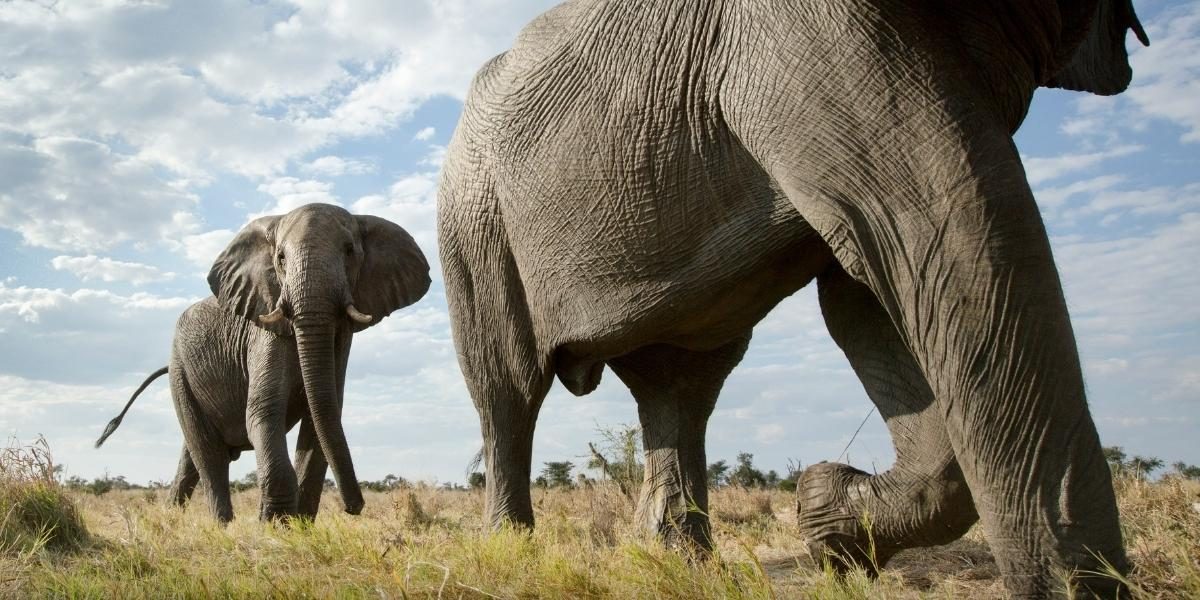What Are the Key Global Efforts in Wildlife Protection?
The world is home to an astonishing variety of wildlife, yet many species are threatened by the ever-growing impacts of human activities. Wildlife protection has become a critical focus globally, with governments, organizations, and communities working together to safeguard the future of endangered species. But what are some of the most significant global efforts in wildlife protection?
Read Also: Sustainable Strategies for a Low-Carbon Business Model
Why is Wildlife Protection So Important?
Wildlife plays a vital role in maintaining the balance of ecosystems. From pollination to maintaining food chains, animals contribute to the health of the planet. Wildlife protection helps ensure that these essential ecological functions are not disrupted. Many species are facing extinction due to habitat loss, poaching, climate change, and other environmental threats. Addressing these challenges through global cooperation is key to preserving biodiversity for future generations.
How Are International Agreements Contributing to Wildlife Protection?
One of the strongest tools in wildlife protection is international collaboration. Agreements like the Convention on International Trade in Endangered Species (CITES) aim to regulate and monitor the trade of endangered species and their products. Countries that are part of CITES must adhere to strict guidelines to prevent the exploitation of vulnerable species. Similarly, the Convention on Biological Diversity seeks to ensure that biodiversity is conserved through sustainable practices, encouraging countries to protect their natural resources.
Organizations such as the World Wildlife Fund (WWF) and the International Union for Conservation of Nature (IUCN) also play significant roles in promoting wildlife protection. These entities advocate for stronger policies, provide financial support for conservation projects, and conduct research to assess the status of species worldwide.
What Role Do Local Communities Play in Wildlife Protection?
While global efforts are essential, the involvement of local communities is crucial for effective wildlife protection. Many of the world’s most biodiverse regions are home to indigenous communities who have lived in harmony with nature for centuries. Their traditional knowledge and sustainable practices are invaluable in wildlife conservation efforts.
For example, local communities in Africa have been instrumental in protecting endangered species like elephants and rhinos. By developing eco-tourism initiatives that benefit the community, they have provided an alternative to poaching. Additionally, community-led monitoring programs have increased the effectiveness of conservation efforts by offering on-the-ground insight into animal behavior and movements.
How Do Technology and Innovation Contribute to Wildlife Protection?
Technology is rapidly changing the landscape of wildlife protection. New innovations in satellite tracking and drones allow conservationists to monitor animal populations and their habitats in real-time, even in remote areas. These tools are crucial for identifying migration patterns and spotting illegal poaching activities before they escalate.
The use of artificial intelligence (AI) and machine learning has also revolutionized wildlife conservation. AI is now used to analyze vast amounts of data, such as photographs from wildlife cameras, helping to detect illegal activities like poaching or logging. Furthermore, new anti-poaching technologies, such as smart collars for animals and advanced surveillance systems, are improving the security of wildlife sanctuaries and reserves.
What Are Some Challenges Facing Global Wildlife Protection?
Despite the efforts being made, wildlife protection still faces significant challenges. Climate change remains a major threat to many species, as it alters habitats and disrupts migration patterns. Additionally, illegal wildlife trade continues to thrive, despite international regulations. Demand for animal products, such as ivory and fur, fuels this black market, often with devastating consequences for species like elephants and tigers.
Another hurdle is funding. While there is significant support for wildlife protection, many organizations and projects still face financial constraints. Conservation requires sustained investment, and without it, critical programs may be at risk. Governments, corporations, and individuals must continue to prioritize funding for wildlife protection to ensure long-term success.
How Can Individuals Contribute to Wildlife Protection?
Every individual can contribute to wildlife protection in some way. Simple actions like supporting sustainable brands, reducing carbon footprints, and making informed consumer choices can all have a positive impact. For example, avoiding products that contribute to deforestation, such as palm oil, helps protect natural habitats for many species. Moreover, people can support wildlife organizations by donating or volunteering, amplifying the efforts to protect endangered animals.
Informed citizens can also advocate for stronger policies, pushing governments and businesses to take action on environmental issues. By staying engaged and raising awareness, everyone can contribute to the collective effort of wildlife protection.
Read Also: Deep Learning and AI’s Impact on Everyday Life
How is the Future of Wildlife Protection Shaped by Global Efforts?
Looking ahead, the future of wildlife protection depends on continued global collaboration. As more nations commit to preserving biodiversity, there is hope for reversing some of the damage done by decades of neglect. The role of technology and local communities will only grow more vital, offering innovative solutions and grassroots support for wildlife conservation.
While challenges remain, global efforts in wildlife protection are showing tangible progress. From policy changes to cutting-edge technologies, humanity’s collective actions will determine the fate of many species. Through sustained commitment, it is possible to safeguard wildlife and the ecosystems they support for future generations.





